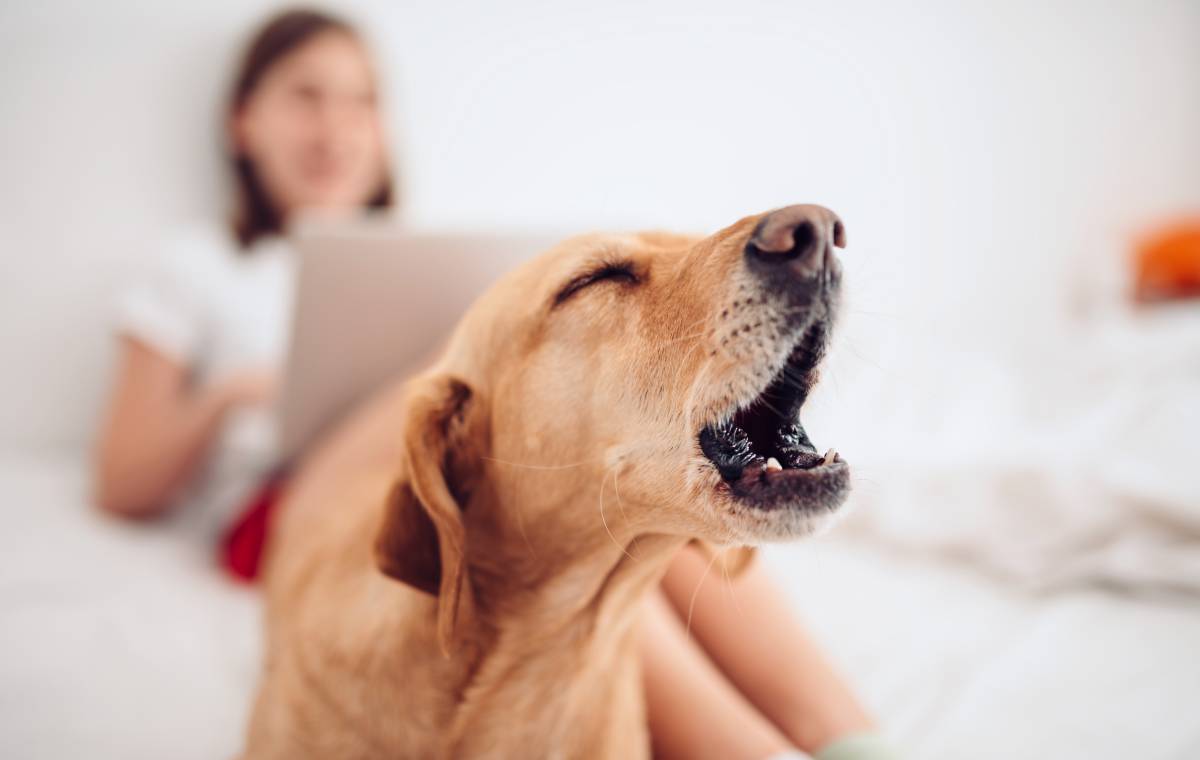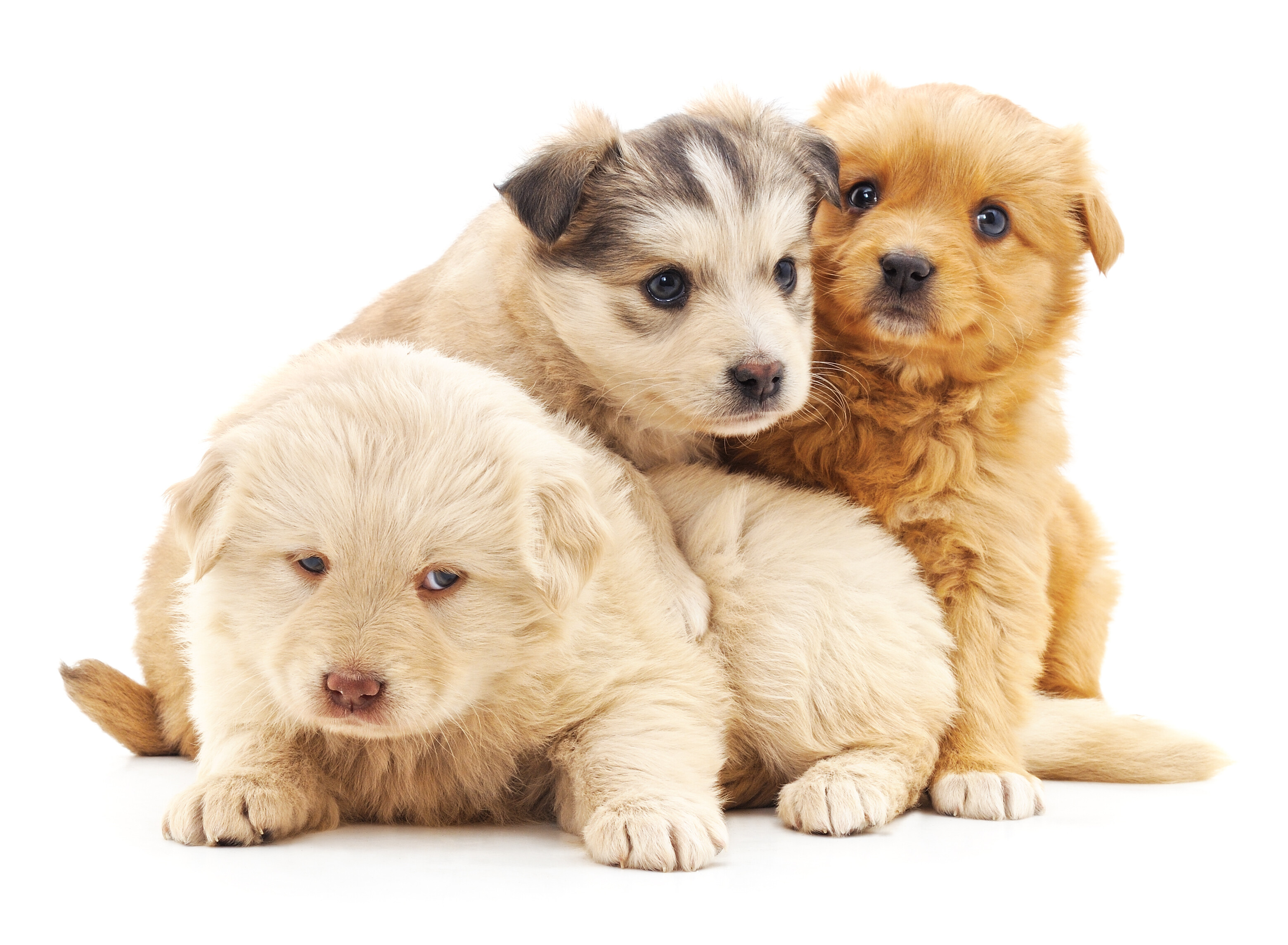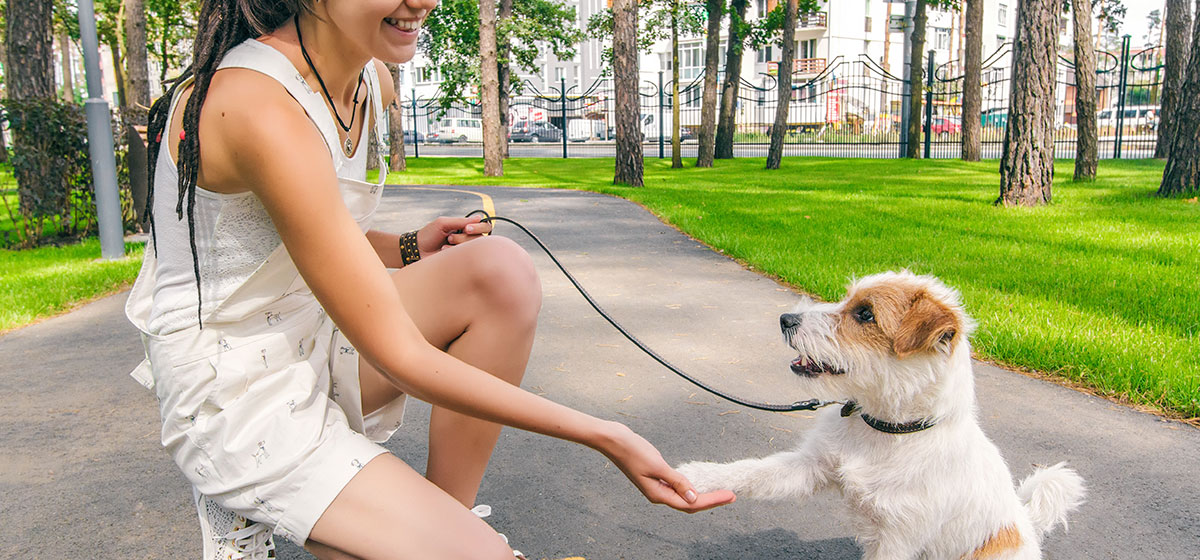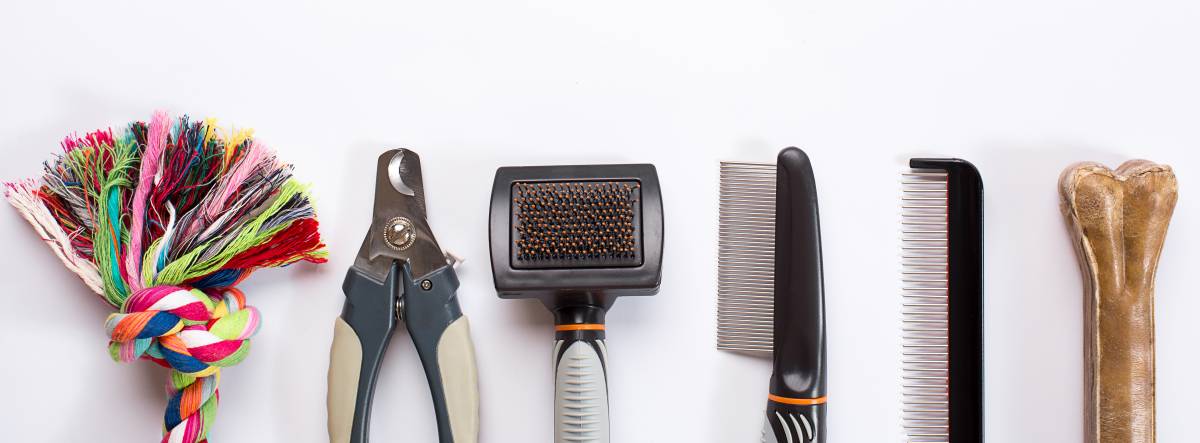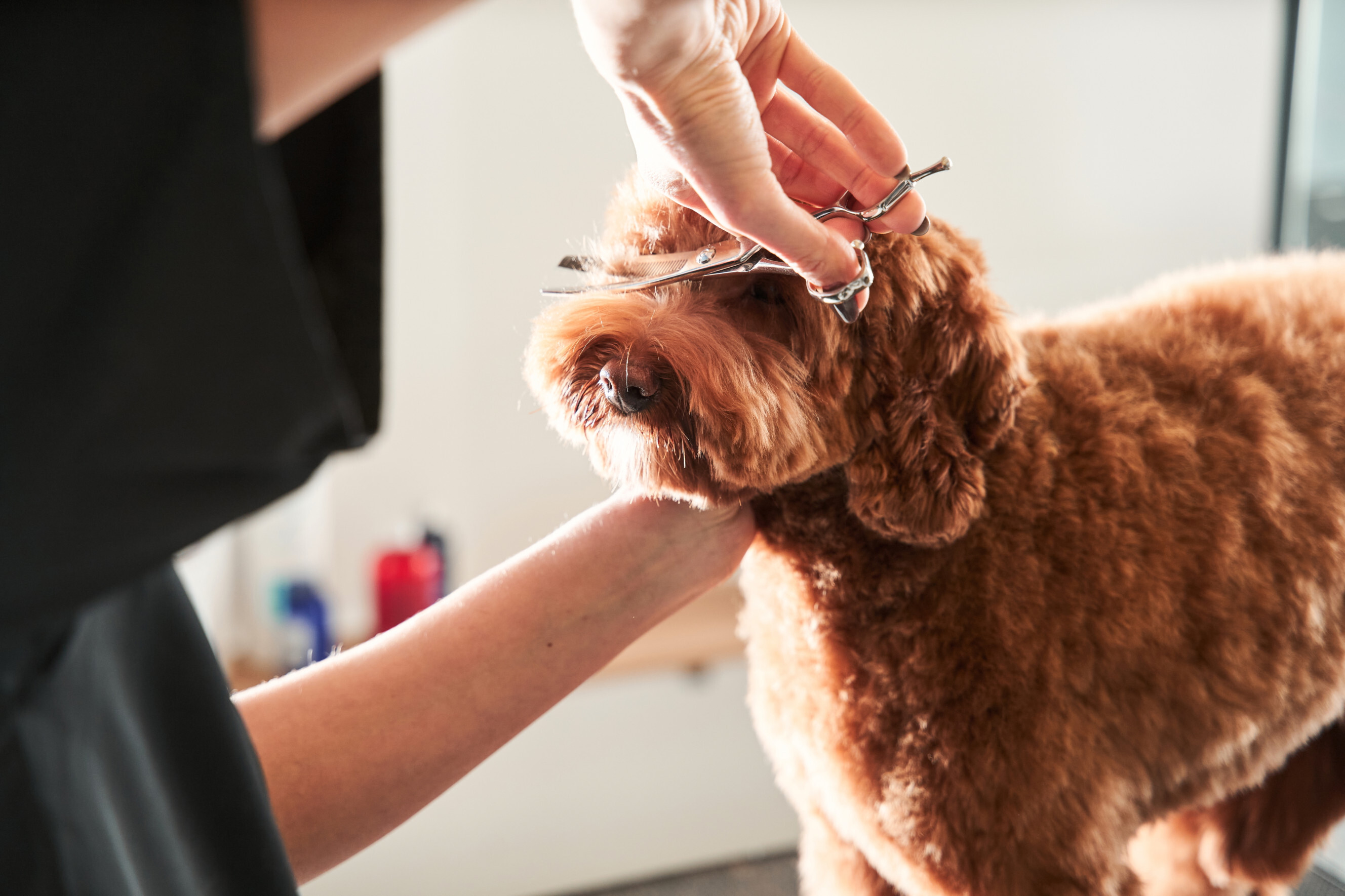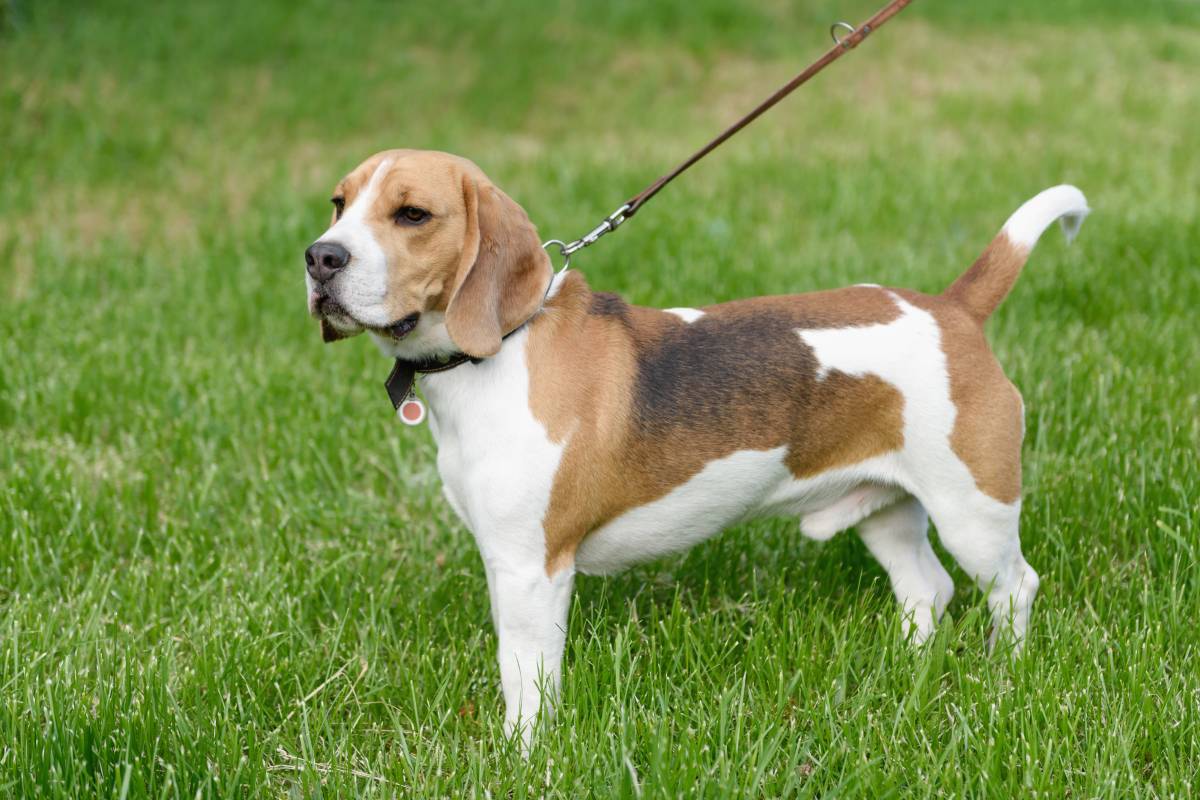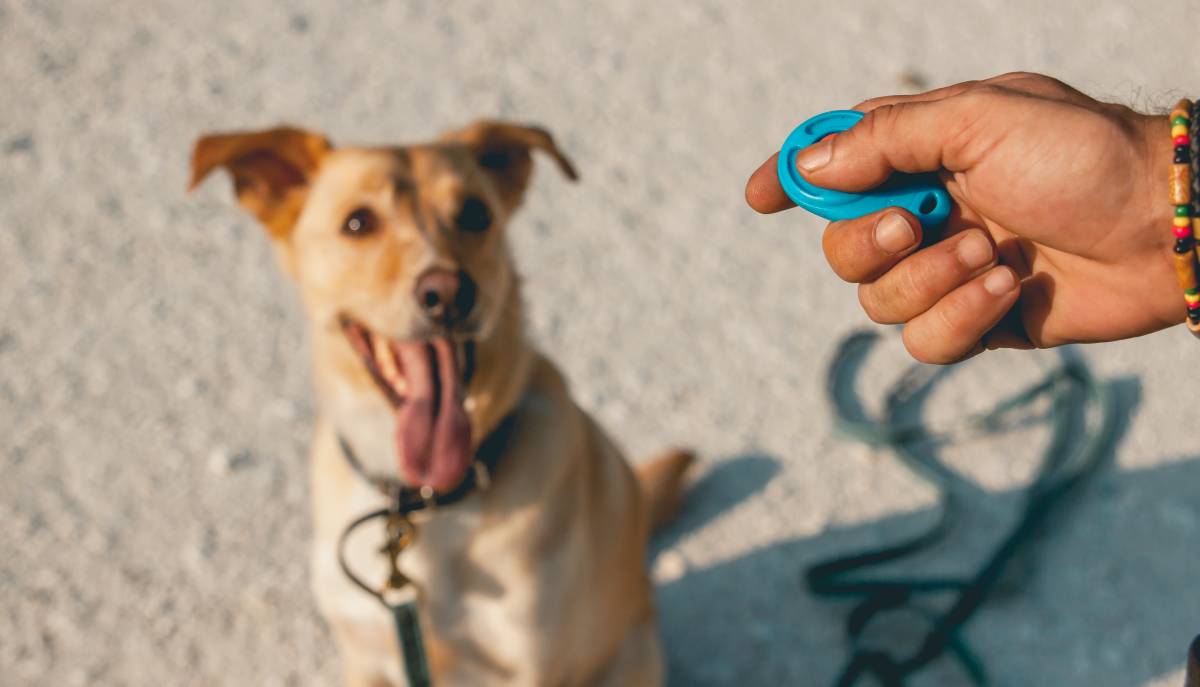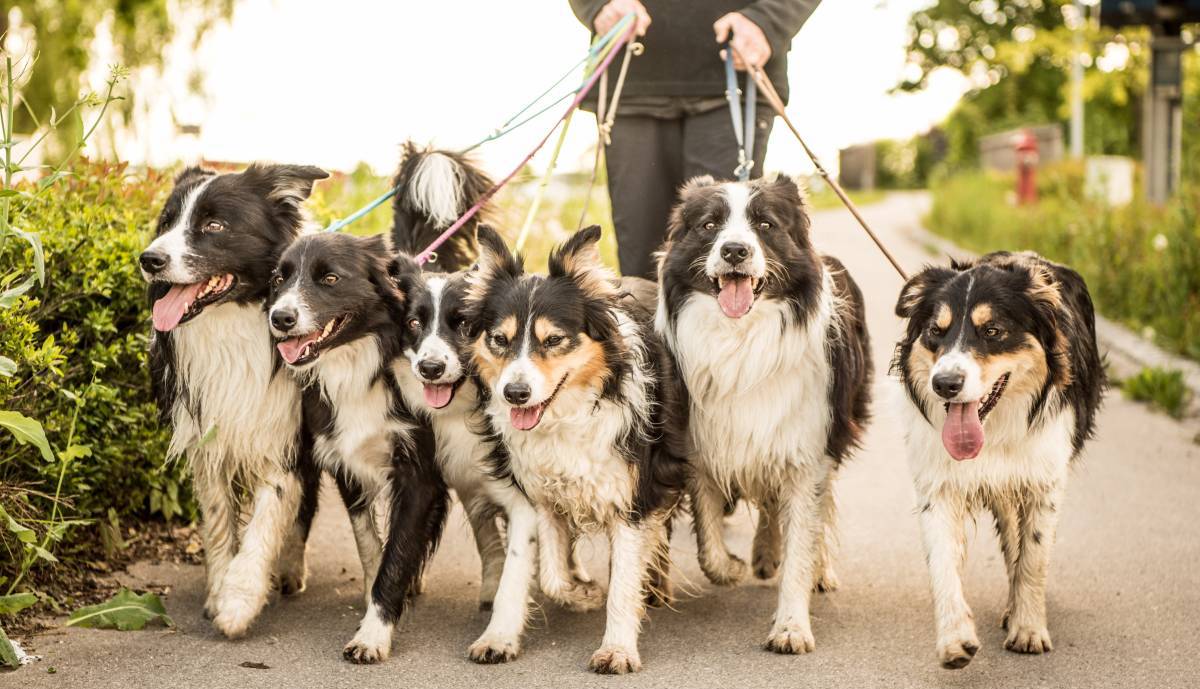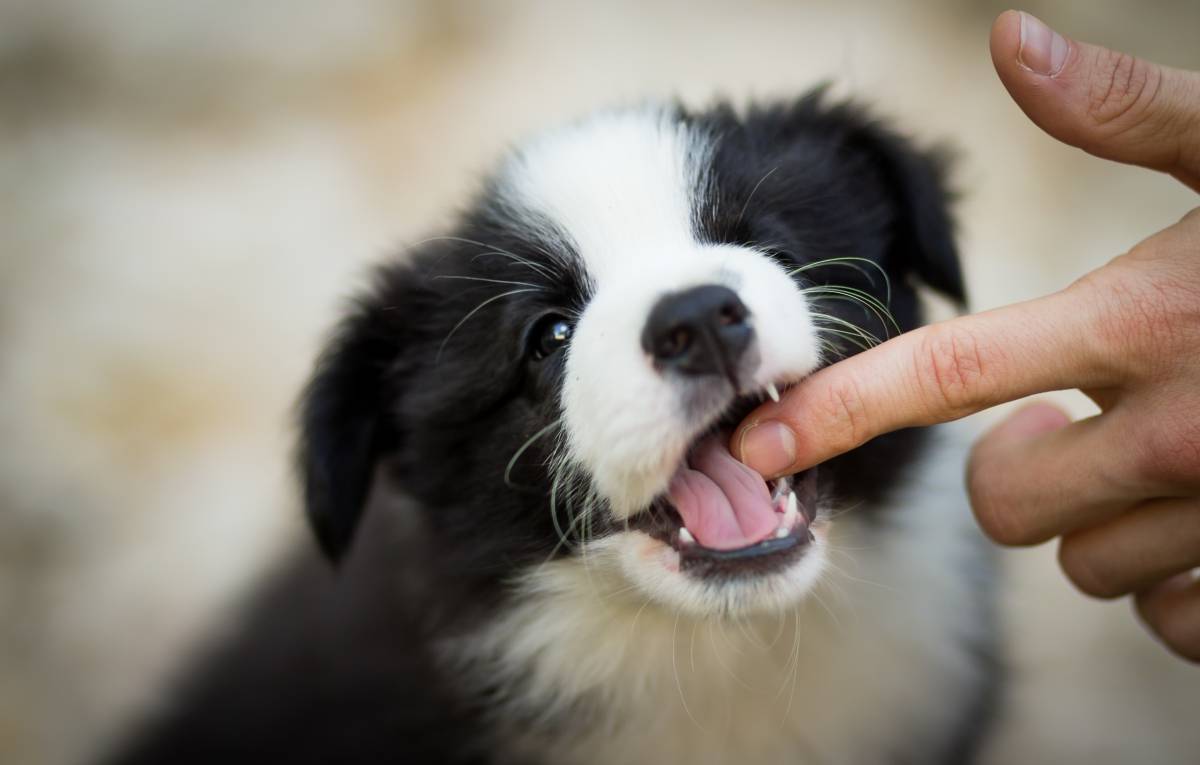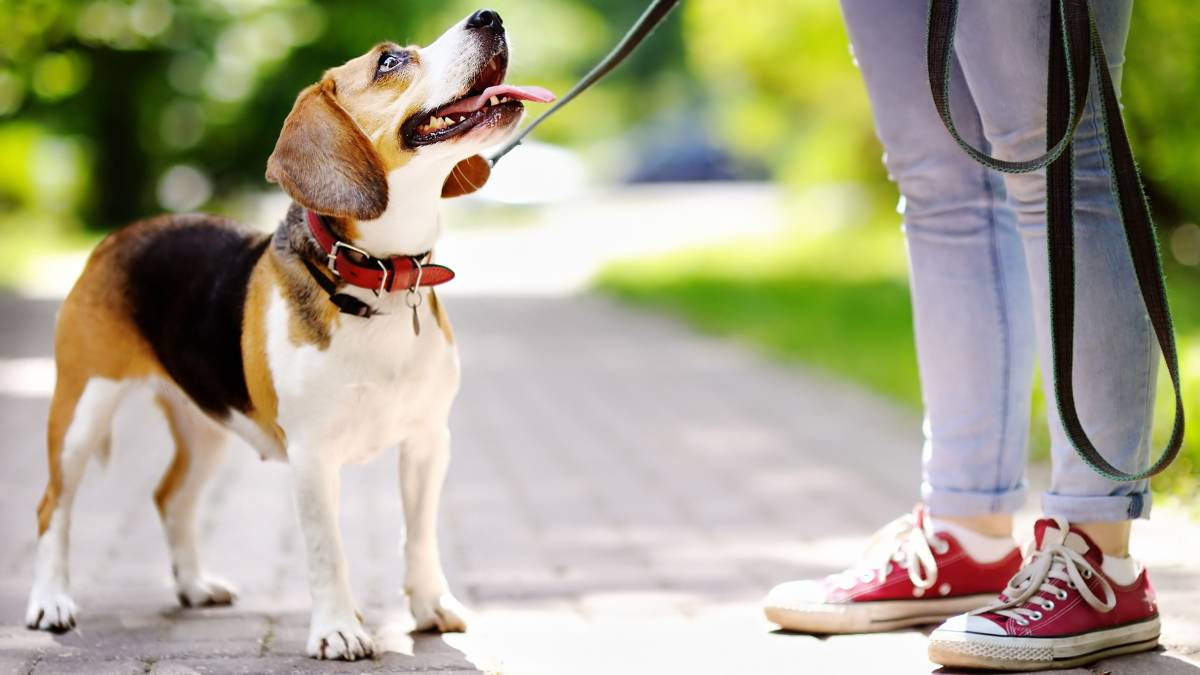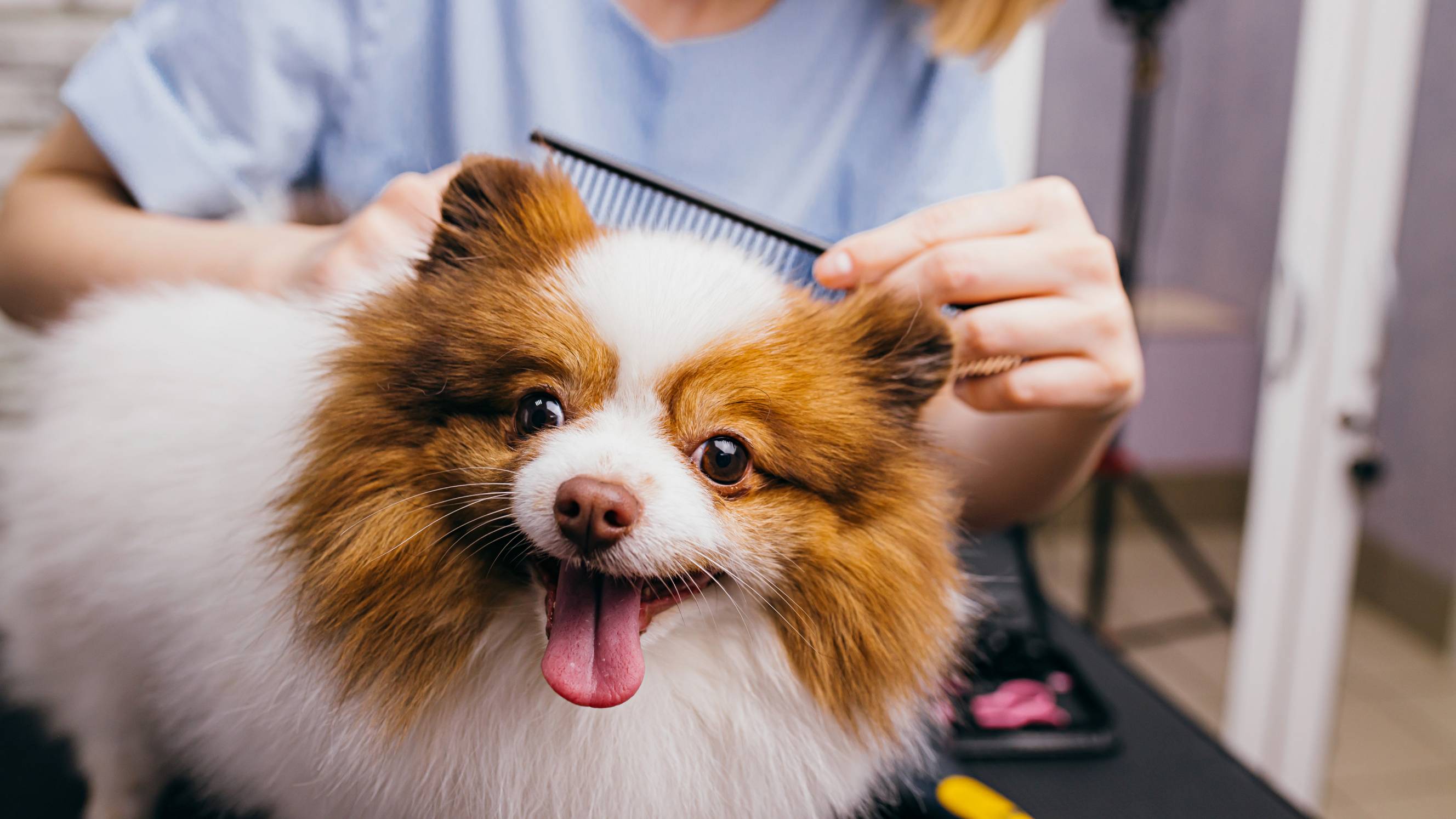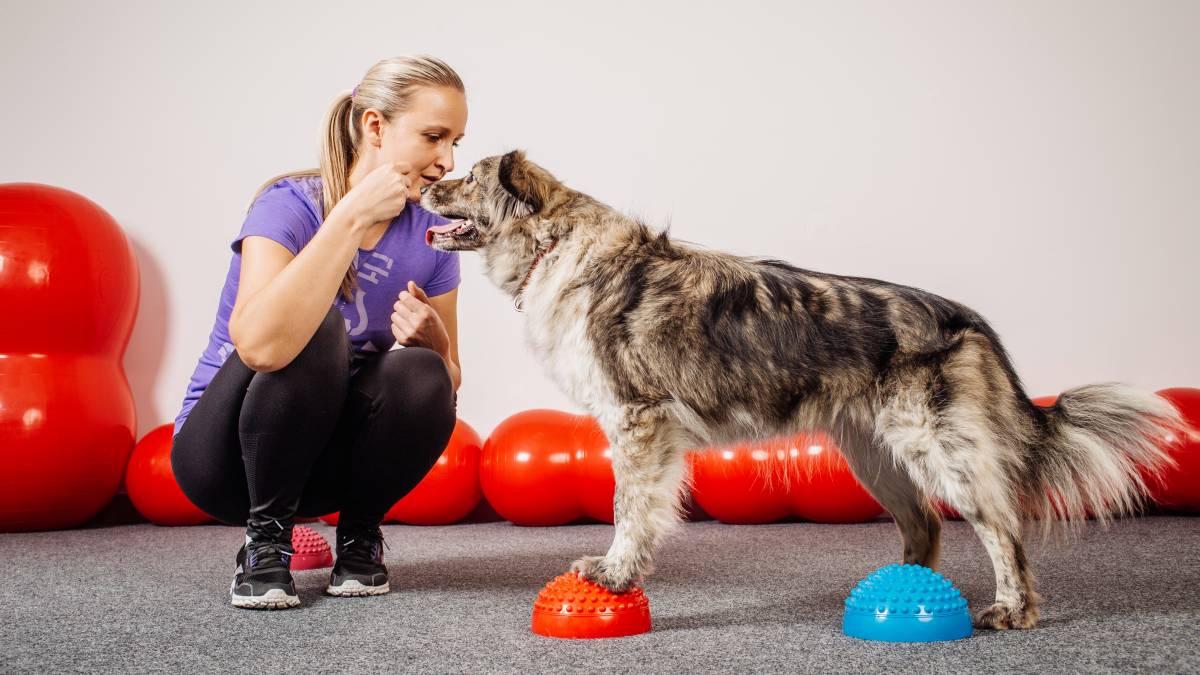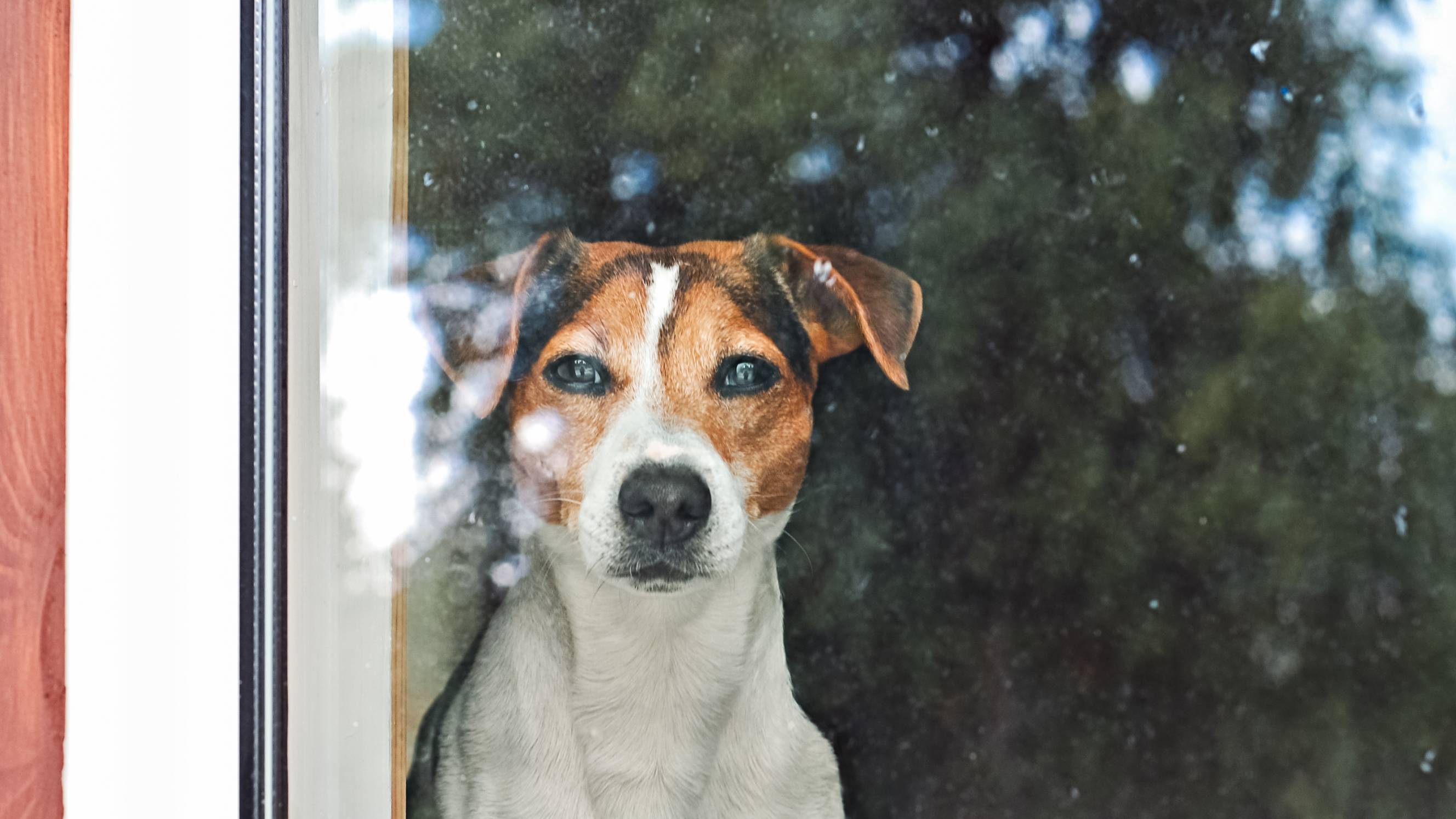- Home/
- Guides/
- Dog Training/
- Reactive Dog Training
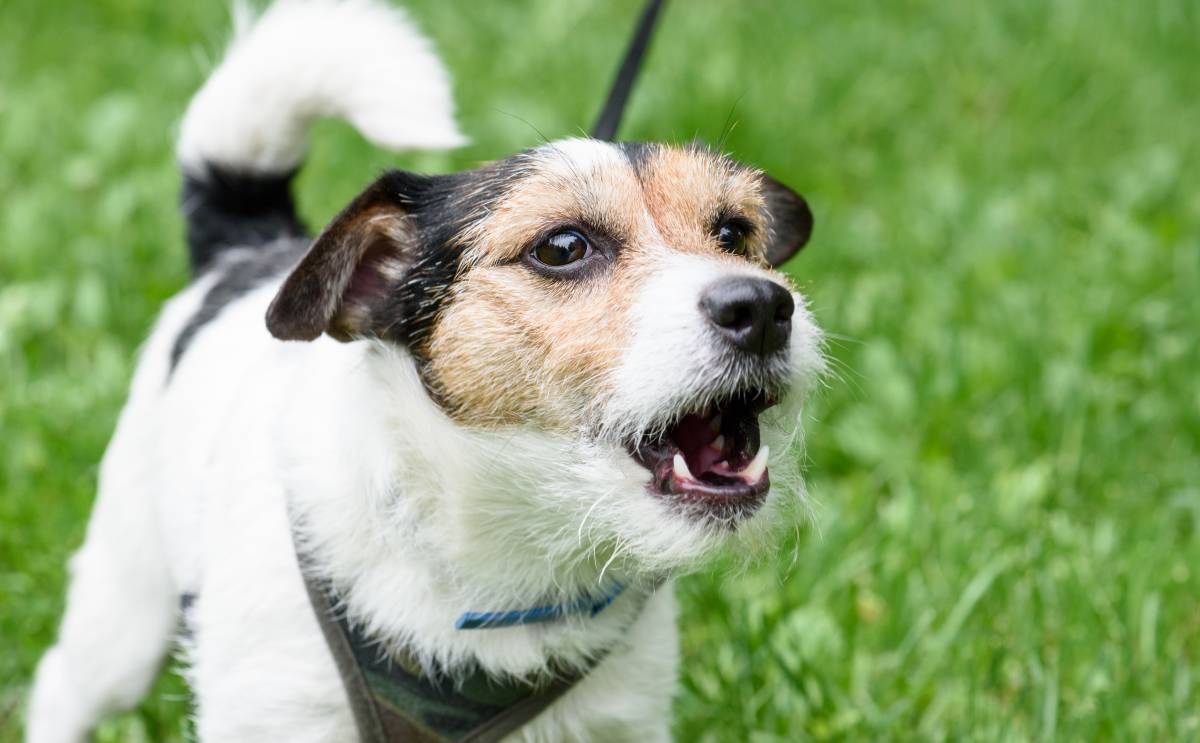
Reactive dog training tips
Learn how to train your reactive dog and keep them calm.
Find a dog trainerLast Updated on
Does your dog excessively bark, lunge, or growl? Or have you recently adopted a rescue dog that overreacts to certain situations? Reactivity can occur due to factors like genetics, a lack of socialisation, or trauma.
The good news is reactive dogs can improve and not ingrain their reactivity. These reactive dog training tips can help you lessen your dog’s reactive behaviour.
Tip 1: Create a routine for your dog
If there is one thing that dogs both love and crave, it’s routine. Your dog actually studies your routine, from what time you wake up to the part of the afternoon for a walk.
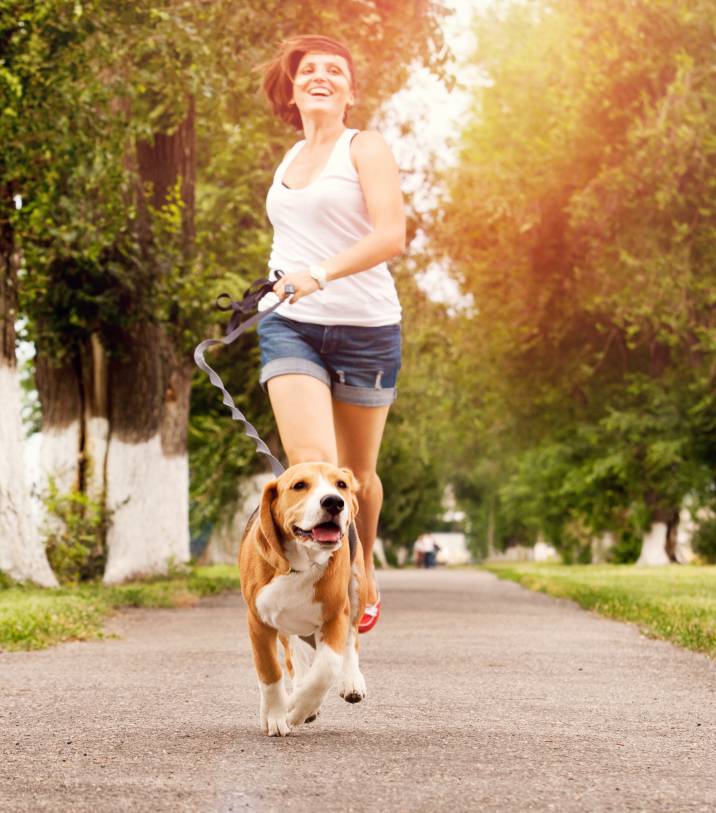
Routines make the world more predictable for your dog, which in turn, can help reduce any anxiety. With a simple yet effective routine, you can calm your pup and keep them focused in what could otherwise be a stressful situation.
Start a routine in and around your home, then build it out in the real-world park with walks or a trip to the dog park.
Tip 2: Make sure you have the right training equipment
Have you ever wondered, "How do I train a reactive dog on a leash?" One solution is to get your dog’s attention before you go out for a walk. Say your dog’s name and reward them when they look at you. Always start this training in a low-distraction environment, in or around your home, then gradually move to busier areas. The goal is to get your dog’s attention no matter the distractions around you.
Here are some helpful tools to manage leash reactivity.
A head collar
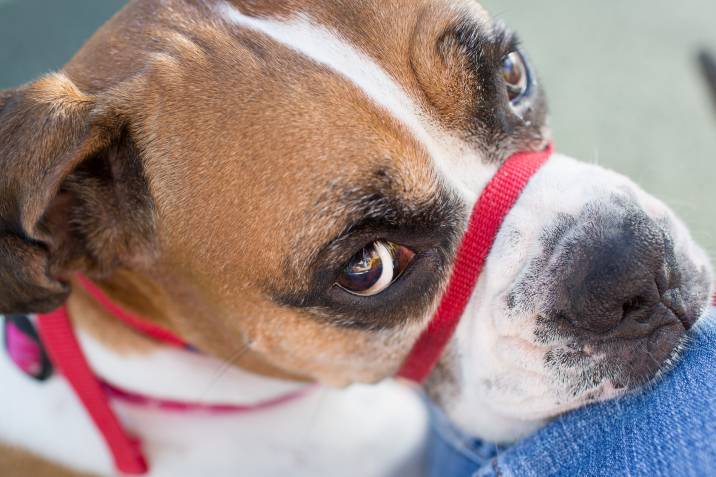
A head collar, also known as a head halter or Gentle Leader, can be helpful for reactive dogs while on walks. This tool will help you carefully redirect your dog’s head when they’re unresponsive to your verbal commands. Head collars sit high on the back of the dog’s head and remove pressure from the throat.
An Easy Walk Harness
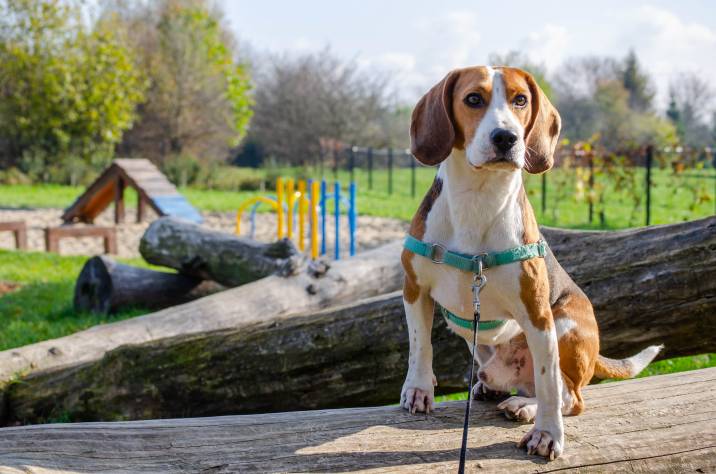
This type of harness clips in front of your dog, discouraging them from pulling on the leash. When you pull on the harness, your dog is steered sideways, directing their attention towards you without choking or gagging your dog.
A crate
Effective crate training reduces reactivity, allowing you to safely introduce your dog to new settings. The crate becomes a safe space for your dog and can also be useful when in the car. The crate must be big enough so your dog is comfortable. It should never be associated with punishment. You can read our full guide to crate training your dog for specific steps and tips.
Tip 3: Try counter conditioning
Counter conditioning changes your dog’s emotional response to a specific “trigger.” There are two critical steps in counter conditioning a reactive dog:
- Identifying the “trigger”
- Associating the trigger immediately with something positive, like food or a toy
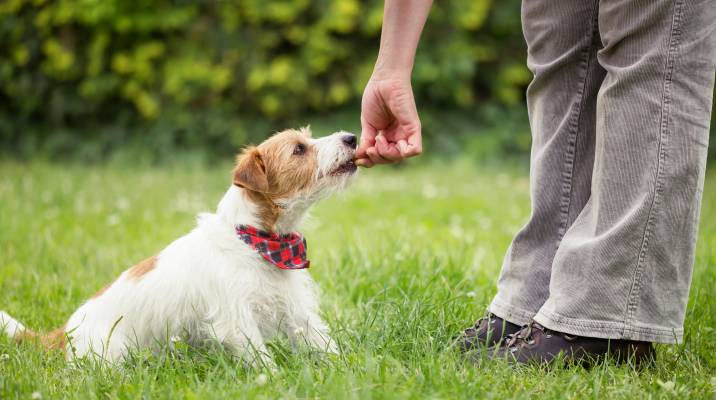
Give your dog a reward immediately before a situation triggers unwanted behaviour. In other words, practise counter conditioning as soon as you notice your dog is getting uncomfortable. This way, your dog will learn to associate the “trigger” with something positive.
Tip 4: Redesign your home layout
Suppose you are experiencing dog reactivity at home, like the very common window reactivity. In that case, your house may require a new layout.
Window reactivity is a common issue with reactive dogs. For example, your dog may constantly bark at a person walking by the window to make them go away (or so your dog thinks).
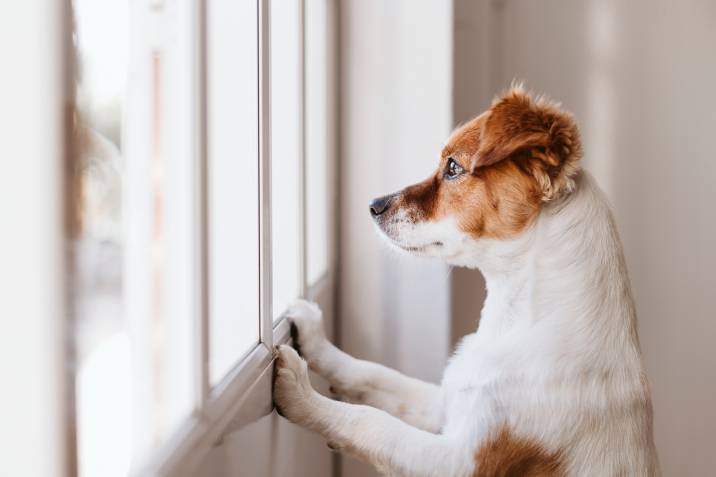
- Use a tie-down to teach your dog to stay in a certain spot away from the window. Baby gates can also keep your dog away from windows or fences if the same issue happens in the backyard.
- Establish good recall. You can do so by getting your dog’s attention and calming them down when they get riled up. This is similar to counter conditioning, associating treats with certain verbal commands to get them away from specific areas in and around your home.
Tip 5: Sign your dog up for behaviour classes
If the training options above aren’t working for you, you may need help from a professional dog trainer. A behaviour rehab course can teach both you and your dog to handle reactivity and keep calm.
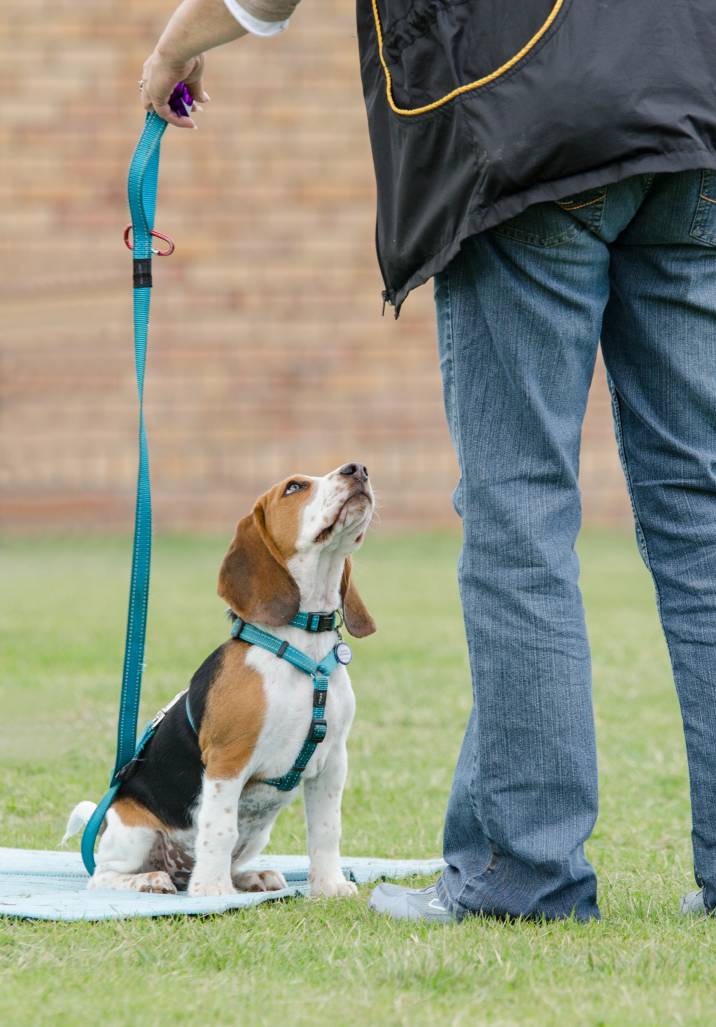 The “you” part is essential as many owners fail to realise their pets take cues from them. Suppose a situation at a dog park heightens, and you react in an uncontrolled or frightened manner. Your dog may mirror your behaviour. This is why dog behaviour classes can benefit both you and your fluffy companion.
The “you” part is essential as many owners fail to realise their pets take cues from them. Suppose a situation at a dog park heightens, and you react in an uncontrolled or frightened manner. Your dog may mirror your behaviour. This is why dog behaviour classes can benefit both you and your fluffy companion.
Trips to the park can be a walk in the park!
Having a reactive dog can be stressful, as you never know what could happen when you leave the house. For this reason, it’s essential to curb this behaviour as soon as possible with the tips above.
As you settle your dog’s reactive tendencies, you’ll be able to enjoy more social situations and events with your furry best friend.
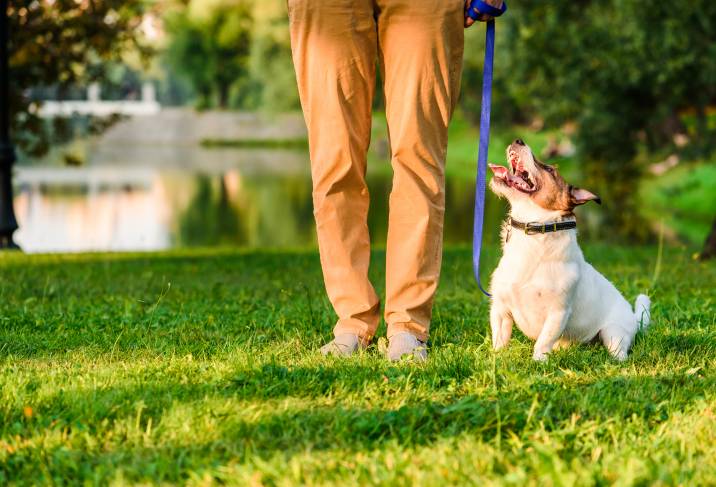
If you need a little help with training your reactive dog, you can find local dog trainers on Airtasker. We also put together a handy dog training cost guide to help you budget for getting your dog trained by a professional.
With a bit of patience and the proper training, you and your pup will be able to adventure, explore, and have plenty of fun together in no time!
FAQs on reactive dog training
The best way to train a reactive dog on a leash is to get your dog’s attention before you go out. Say your dog’s name and reward them when they look at you. Always start this training in a low-distraction environment, in or around your home, then gradually move to busier areas.
The goal should be to get your dog’s attention no matter what distractions occur around you.
Our guides on leash training and clicker training can give you more tips on training your reactive dog on a leash.
Find dog trainers, fast
Find a Dog Trainer
Related articles
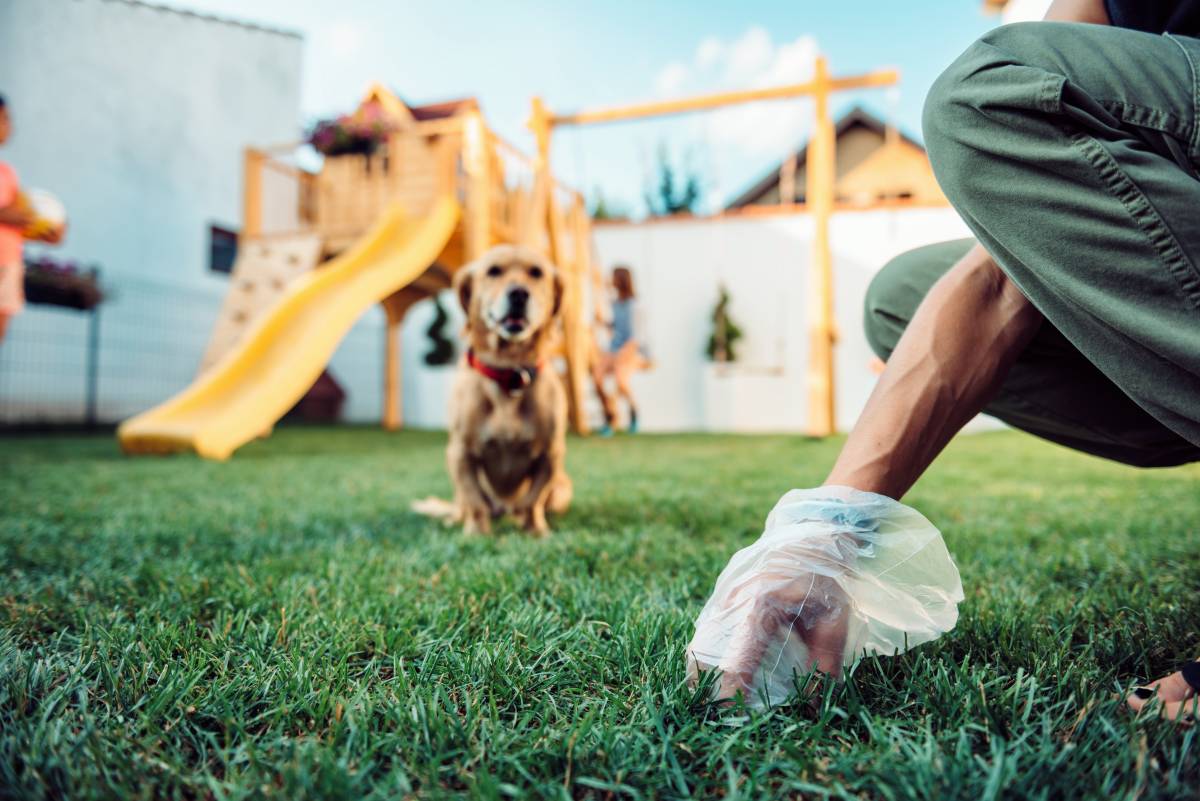
3 Effective ways to house train a dog
Read more
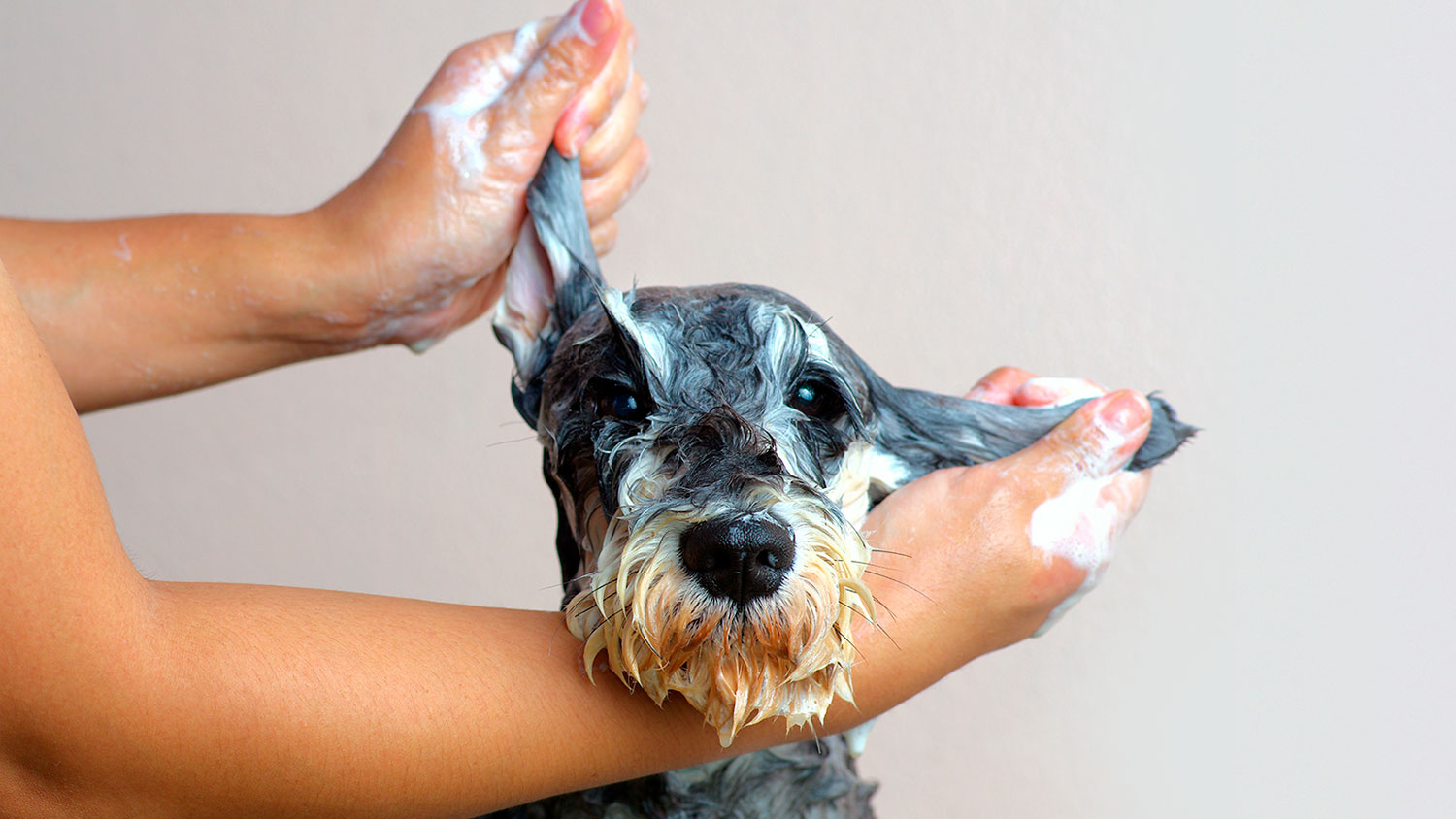
How to bathe your dog like a groomer
Read more
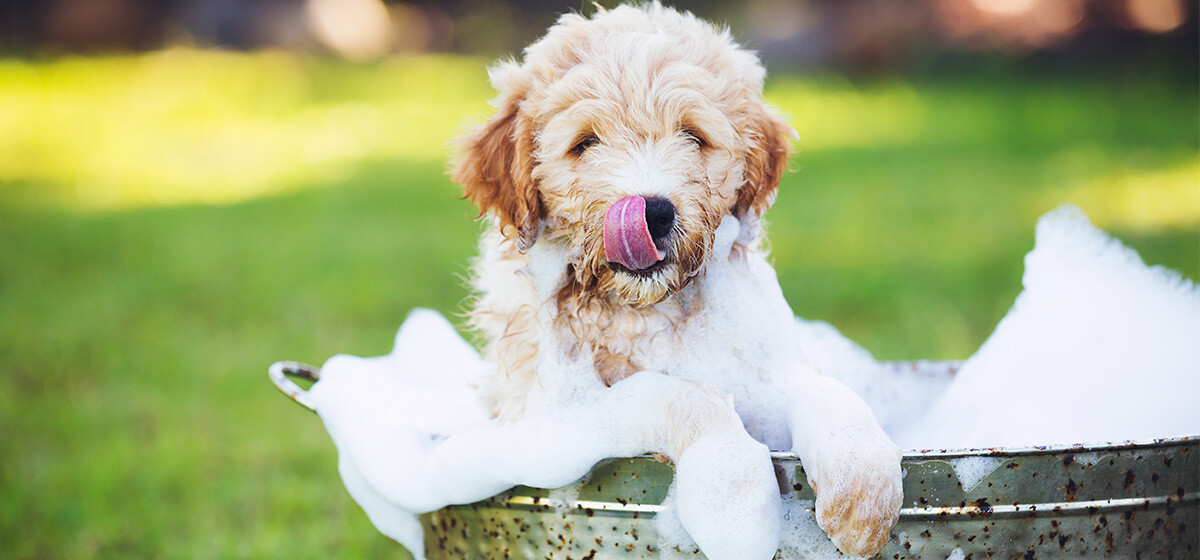
How often should you wash your dog
Read more

How to groom a dog at home
Read more
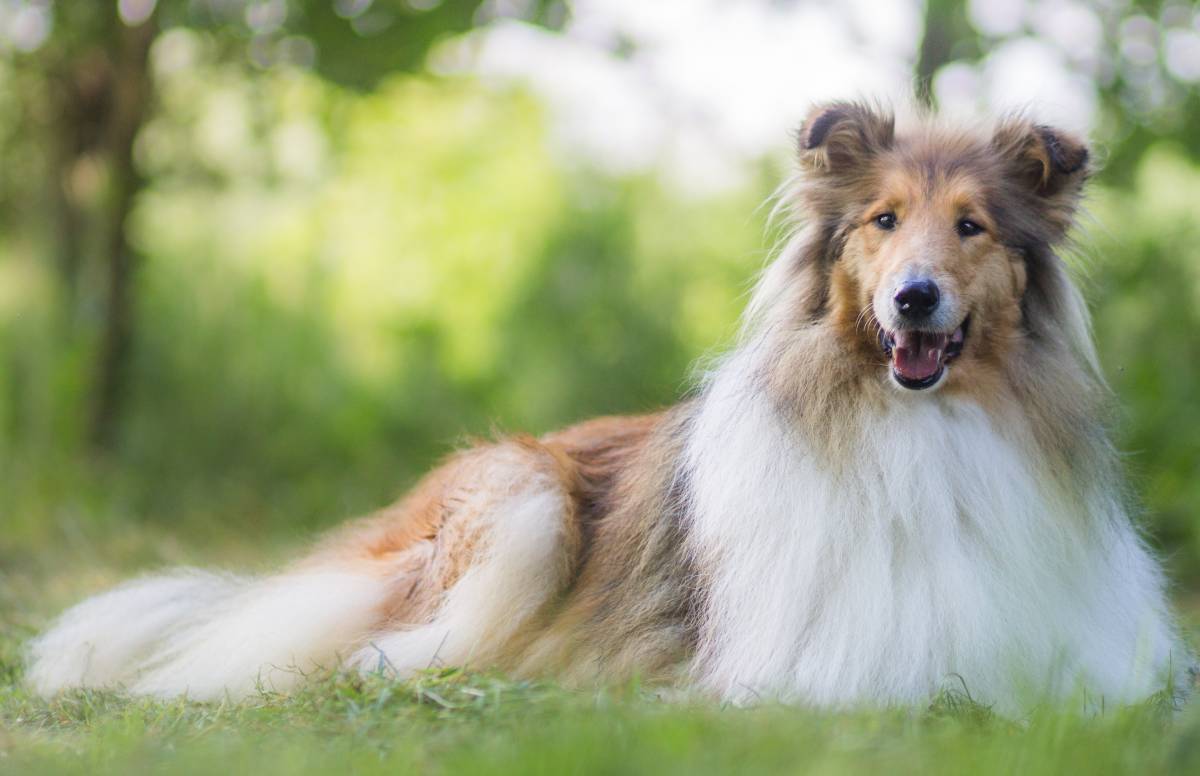
How to groom a long-haired dog
Read more
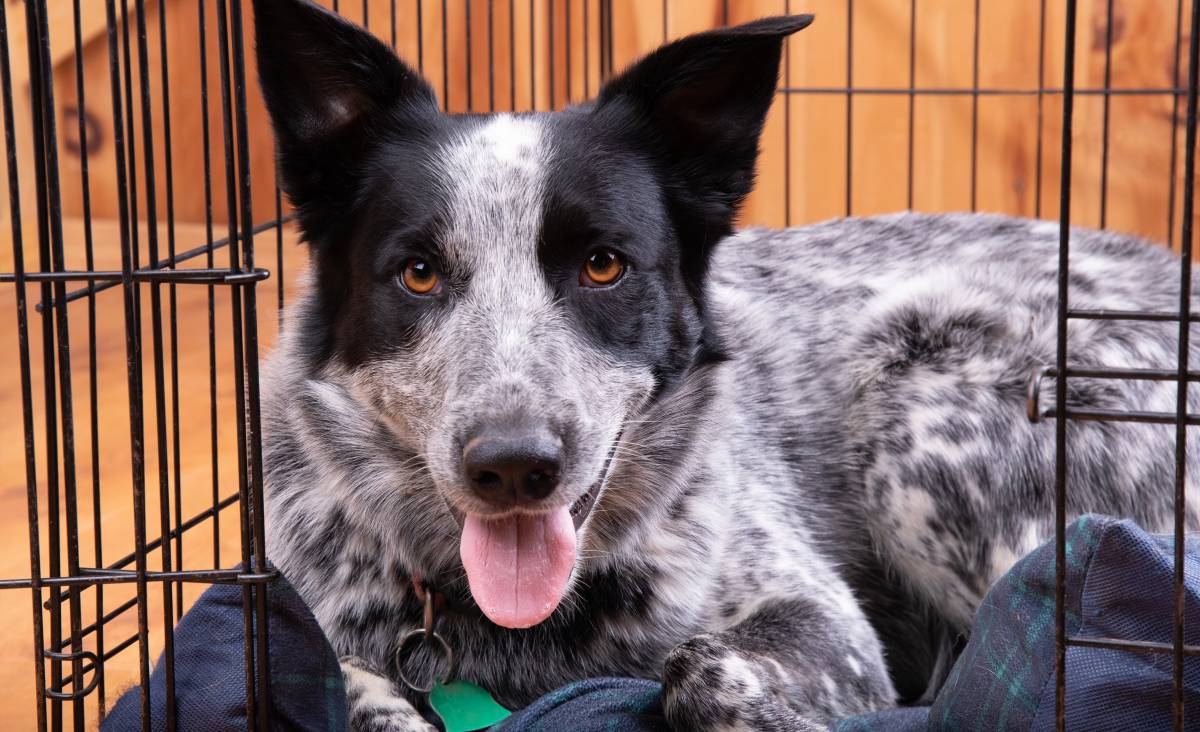
4 Steps to crate training a rescue dog
Read more

How to become a dog trainer
Read more
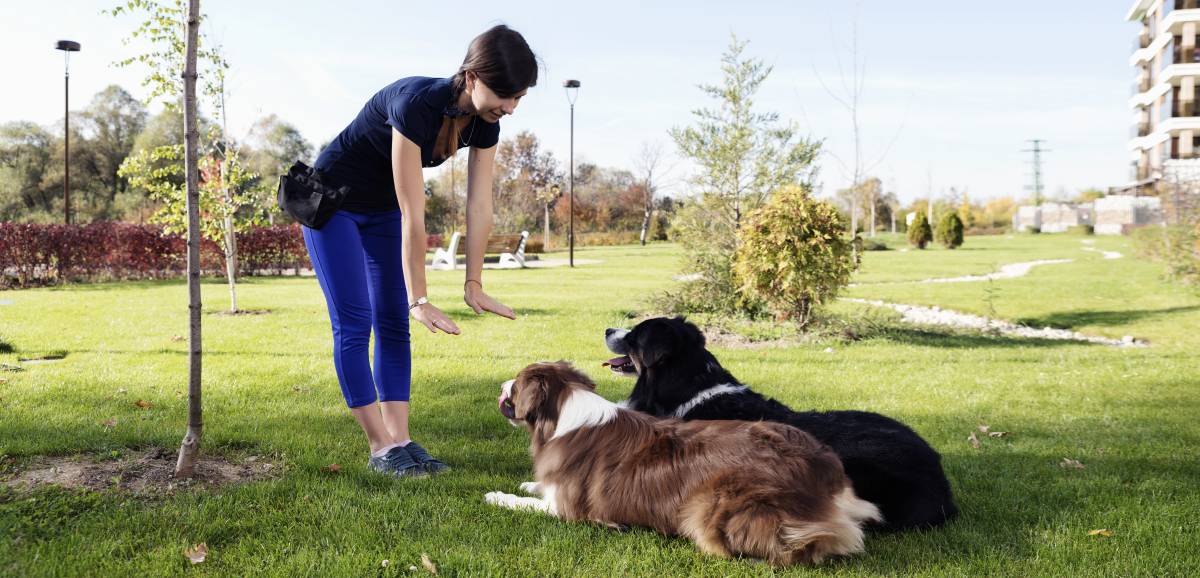
Dog training 101: How to train your dog
Read more
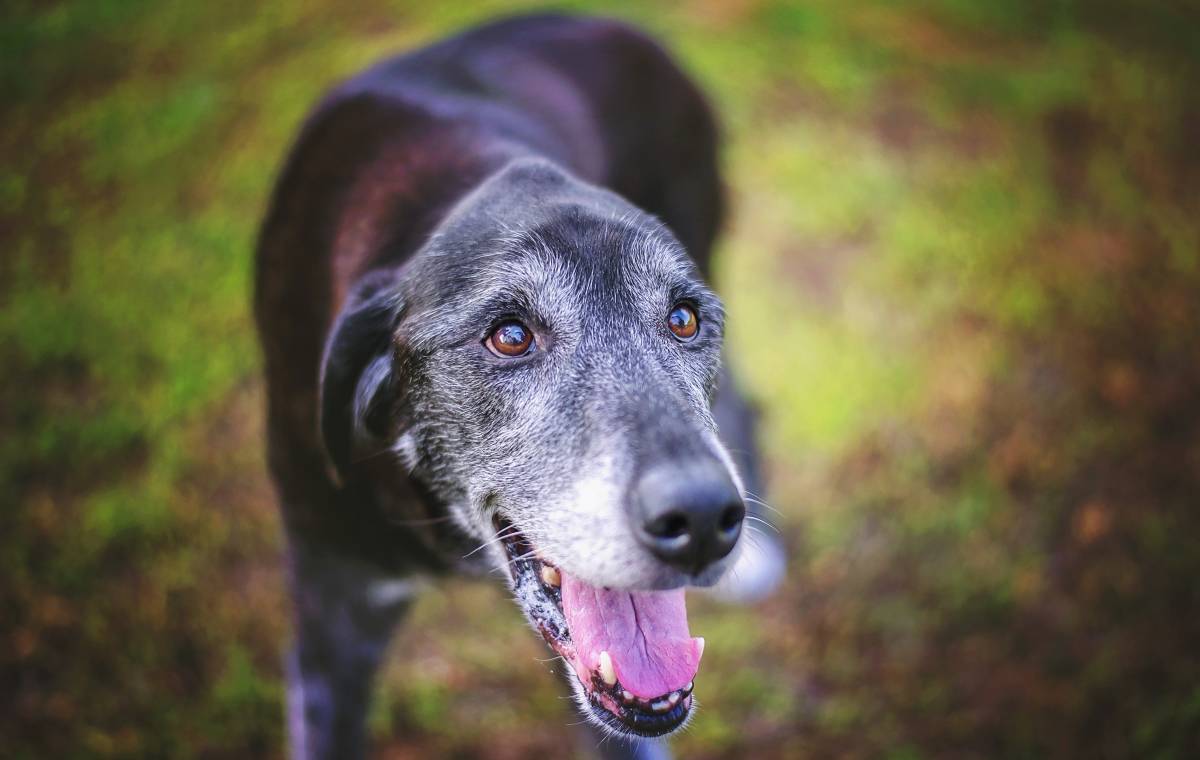
Tips for training an older dog
Read more

Your ultimate guide to dog care
Read more
Related price guides

How much does dog day care cost?
Read more
